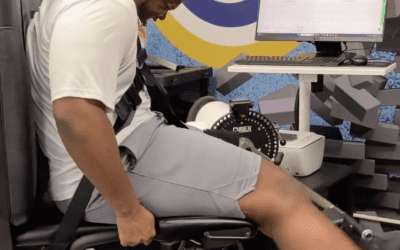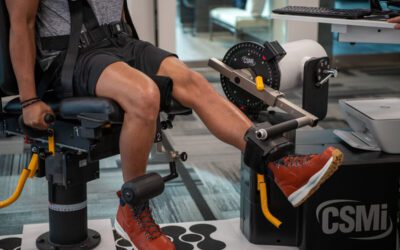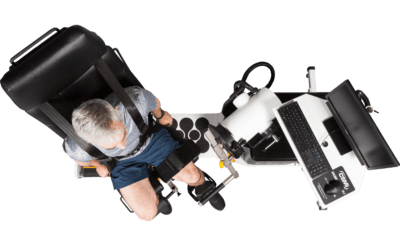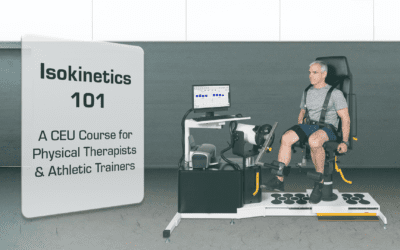Our Blog
Learn more about isokinetics, isometric, isotonic, and passive testing in addition to our products.
Marketing Approach – Chapter 5
Hello again! This is Daniel from CSMi and I wanted to give a quick update on how my experience is going opening a new clinic. If you recall, last month I posted about my financial targets and this month I want to discuss my marketing approach. With opening my clinic,...
Financial Targets – Chapter 4
Hello again! This is Daniel from CSMi and I wanted to give a quick update on how my experience is going opening a new clinic. If you recall, last month I posted about acquiring the best equipment to fit the needs of my niche isokinetic and “final rehab phase”...
Buying Equipment for The Clinic – Chapter 3
Hello again! This is Daniel from CSMi and I wanted to give a quick update on how my experience is going opening a new clinic. If you recall, last month I posted about finding the right clinic space. This month I want to talk about the next big step (and a fun one),...
Analysis of Owning an Isokinetic Machine in PT – Chapter 2
Disclosures – We do have a podcast that receives a small amount of compensation from CSMI, who is the maker of the refurbished HUMAC/CYBEX NORM isokinetic machine that we own. There is a code that is 97750 that is “Performance Test” that does reimburse about 2x’s that...
Opening an Isokinetic Clinic – Chapter 1
Hello everyone, my name is Daniel Bodkin from CSMi. I’m a DPT/ATC and I’ve created much of the educational content for the HUMAC NORM Isokinetic System, Today I have big news to announce! I will be opening a brick-and-mortar Physical Therapy clinic which has been a...
Get Better Results with Isokinetic Exercise
What is Isokinetic Exercise? Isokinetic exercise is a type of exercise that involves a machine that controls the speed of movement and resistance throughout the entire range of motion. This type of exercise is commonly used in rehabilitation programs and sports...
Isotonic Exercise Benefits Explained
Isotonic exercise is a type of physical activity that involves moving a joint through a range of motion while the muscle attached to the joint contracts and shortens. In this type of exercise, the tension on the muscle remains constant throughout the entire movement,...
What is an isokinetic dynamometer?
An isokinetic dynamometer is a type of exercise equipment that measures and controls the speed of joint movement during muscular contractions. It is commonly used in physical therapy, sports medicine, and rehabilitation settings to evaluate and improve muscle...
What is Isokinetic Strength Training?
Isokinetic strength training is a type of exercise that focuses on improving muscle strength and endurance through a specific range of motion. This training method involves using specialized machines that provide resistance to movement at a constant speed. In this...
Clinical Use of The Isometric Strength Test
By far one of the most underused applications of isokinetic dynamometers is the isometric strength test. Why? Because it’s the ideal way to assess strength for most of the patients walking into physical therapy clinics. What’s the problem with manual muscle testing?...










